How Robots Can Help and Simplify Processes on Education
By David Walker
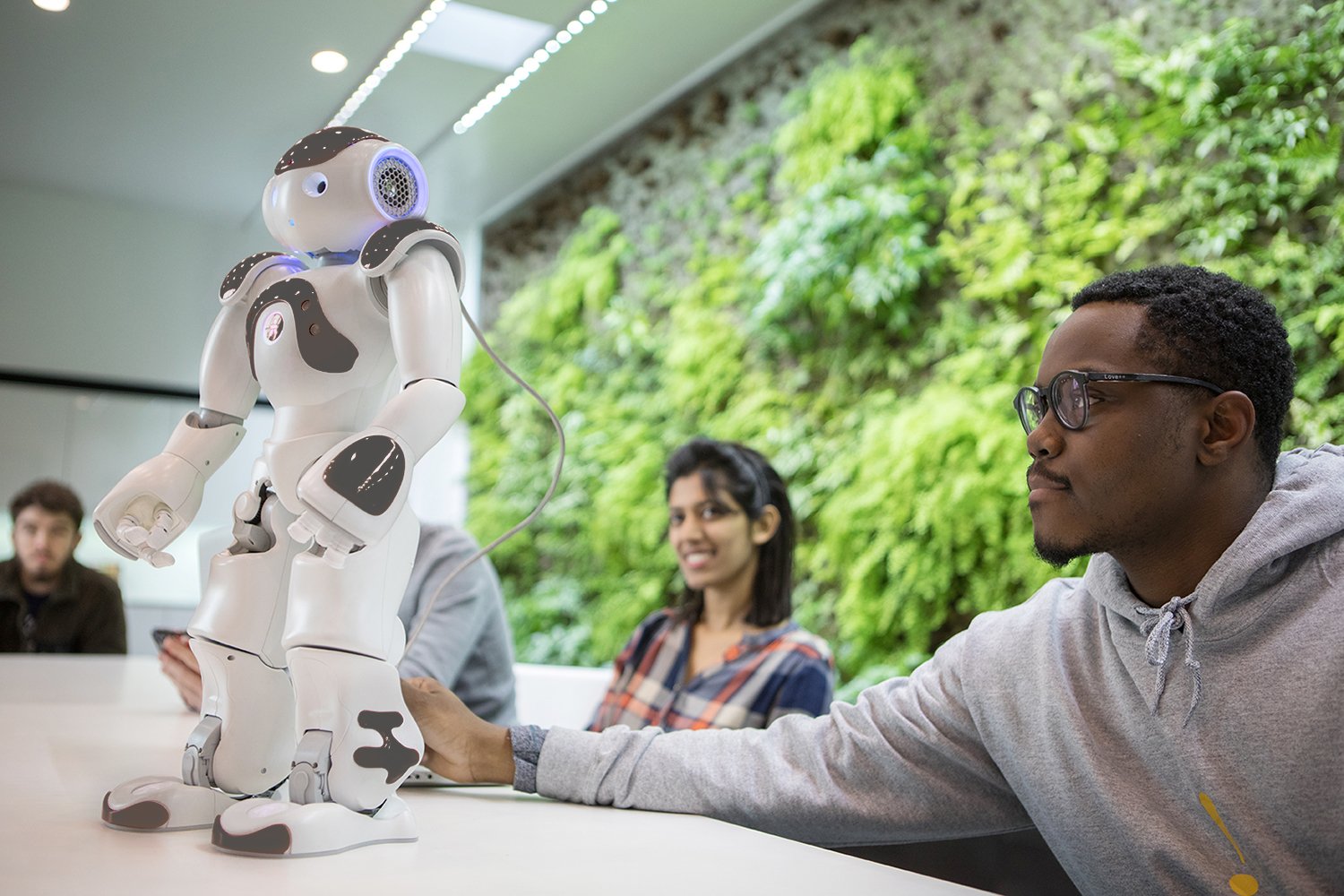
Robotization allows people to more efficiently perform routine tasks. Rapid technological changes that we had in the last decade must increase the range of automated systems’ possibilities. This cannot but affect the student’s curriculum. Most countries, such as the USA, Korea, China, Turkey, are increasingly investing in STEM. This is the right strategy because innovation is everywhere around us.
Robotic systems are becoming more common every year. Such machines are useful for people of different specialties and students. So we decide to find out how advanced systems can affect the quality of education. This is an important issue for business leaders, students, and teachers who will need to improve their lectures.
There are thousands of enthusiasts who are confident that the time has come for AI systems. But that's not so clear considering the hardware costs. Of course, most students can use programmed robots in computer science lessons or during coaching.
- 0 Comments
- Aug 26, 2021 10:00:00 AM
- Posted by Maria Alejandra Calcetero
- Topics: Robotics, STEM, Education, Curriculum, Robots,, Learning, Innovation, Makerspace, Educators, teaching, distance learning, Automation, Online Learning
Back to school 2021/2022: predictions and expectations
 Photo by Paul Siewert on Unsplash
Photo by Paul Siewert on Unsplash
A new academic year is beginning soon. While the global pandemic seems to have become more manageable at the time of writing, this back-to-school season won’t certainly be like any other. Let’s take a closer look at some predictions, expectations, and considerations for the 2021/2022 school year.
With almost two years in a row of unusual learning, this Autumn will probably feel like a breath of fresh air. All things considered, teachers, students, and administrators will most likely get familiar with a new normal rather than returning to a long-awaited back to normal. And this doesn’t necessarily mean bad news.
Technology has surely allowed schools and teachers to overcome several challenges of the remote learning scenario. Plus, it has proven to be particularly effective in supporting students during such a challenging period. The demand for digital classrooms significantly increased in the past year, setting in motion a major revolution in the educational landscape. The “age of remote learning” taught us several valuable lessons we mustn’t forget as we approach the new academic year.
- 0 Comments
- Aug 25, 2021 10:00:00 AM
- Posted by Maria Alejandra Calcetero
- Topics: Robotics, STEM, Education, Curriculum, Robots,, Learning, Innovation, Makerspace, Educators, teaching, distance learning, Automation, Online Learning, Educational Robots, schools
3 Ways STEM Learning Supports the Future of Work
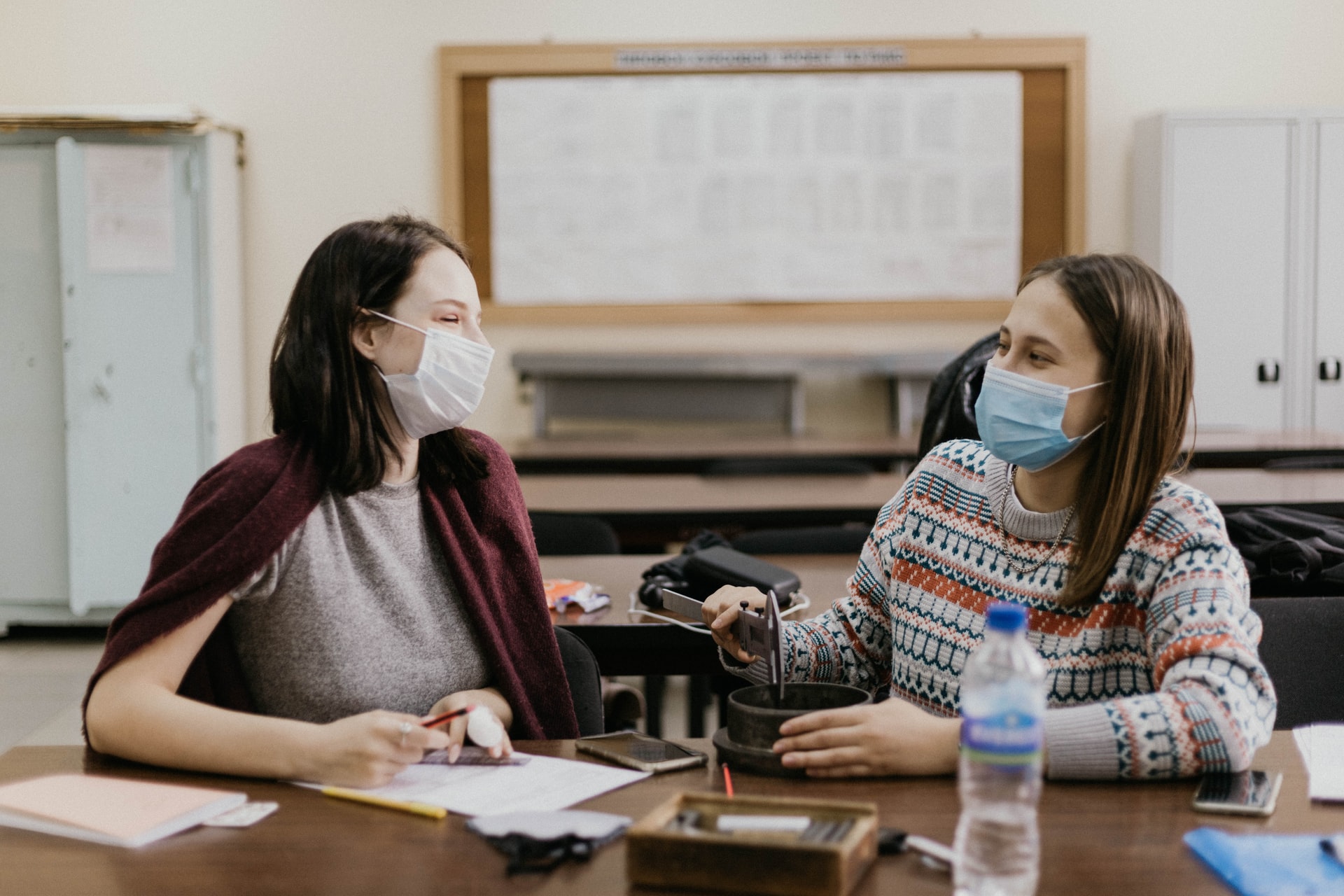 Photo by Mira Kireeva on Unsplash
Photo by Mira Kireeva on Unsplash
Learn how educators are using STEM learning to frame their classrooms around student success now—and in the future.
- 0 Comments
- Aug 24, 2021 10:00:00 AM
- Posted by Maria Alejandra Calcetero
- Topics: Robotics, STEM, Education, Curriculum, Robots,, Learning, Innovation, Makerspace, Educators, teaching, distance learning, Automation, Online Learning, Educational Robots, schools
AI Role in E-Learning Applications
By Ibrahim Ismail
.jpg?width=1920&name=web-3963945_1920%20(1).jpg) Image by Gerd Altmann from Pixabay
Image by Gerd Altmann from Pixabay
Many definitions defined artificial intelligence since the theory of AI comes on the surface. However, it keeps changing with time, but the definitions are generally used to describe AI. Likewise, AI is a study of developing intelligent systems and machines. Moreover, the devices can work and behave like humans. There are plenty of machines that have been designed in an approach of AI. There are two types of AI weak AI, and the other one is strong AI.
Firstly, let's discuss weak AI, which is also known as narrow AI. It's an intelligence that performs some specific task. It allows building some special applications. Some applications have been developed in weak AI logic, For instance, Apple Siri and Amazon Alexa.
Secondly, strong AI or you can call it artificial superintelligence. It promotes the idea of a machine to perform equal to the human. Similarly, this machine is equipped with self-aware consciousness, which can think, behave, and resolve issues like humans, such as science fiction, the superhuman, or a supercomputer.
Moreover, AI also refers to terms like Machine learning and Deep learning, but they are not the same. Meanwhile, ML is a subdivision of AI and DL is a sub-region of ML. ML is the most familiar type of AI. The essential use of ML is to transfer data quickly.
Similarly, mobile application development for e-learning is a path of the future that keeps evolving. Every mobile application development company is keen on learning AI and including it in their app developing strategy.
Meanwhile, AI can be learning as a machine that has a consciousness and problem-solving sense resemble approaches like humans. These attributes make it separate from other devices.
- 0 Comments
- Aug 23, 2021 10:00:00 AM
- Posted by Maria Alejandra Calcetero
- Topics: Robotics, STEM, Education, Curriculum, Robots,, Learning, Innovation, Makerspace, Educators, teaching, distance learning, Automation, Online Learning, Educational Robots, schools
Ensuring That All Students Can See Themselves in STEM
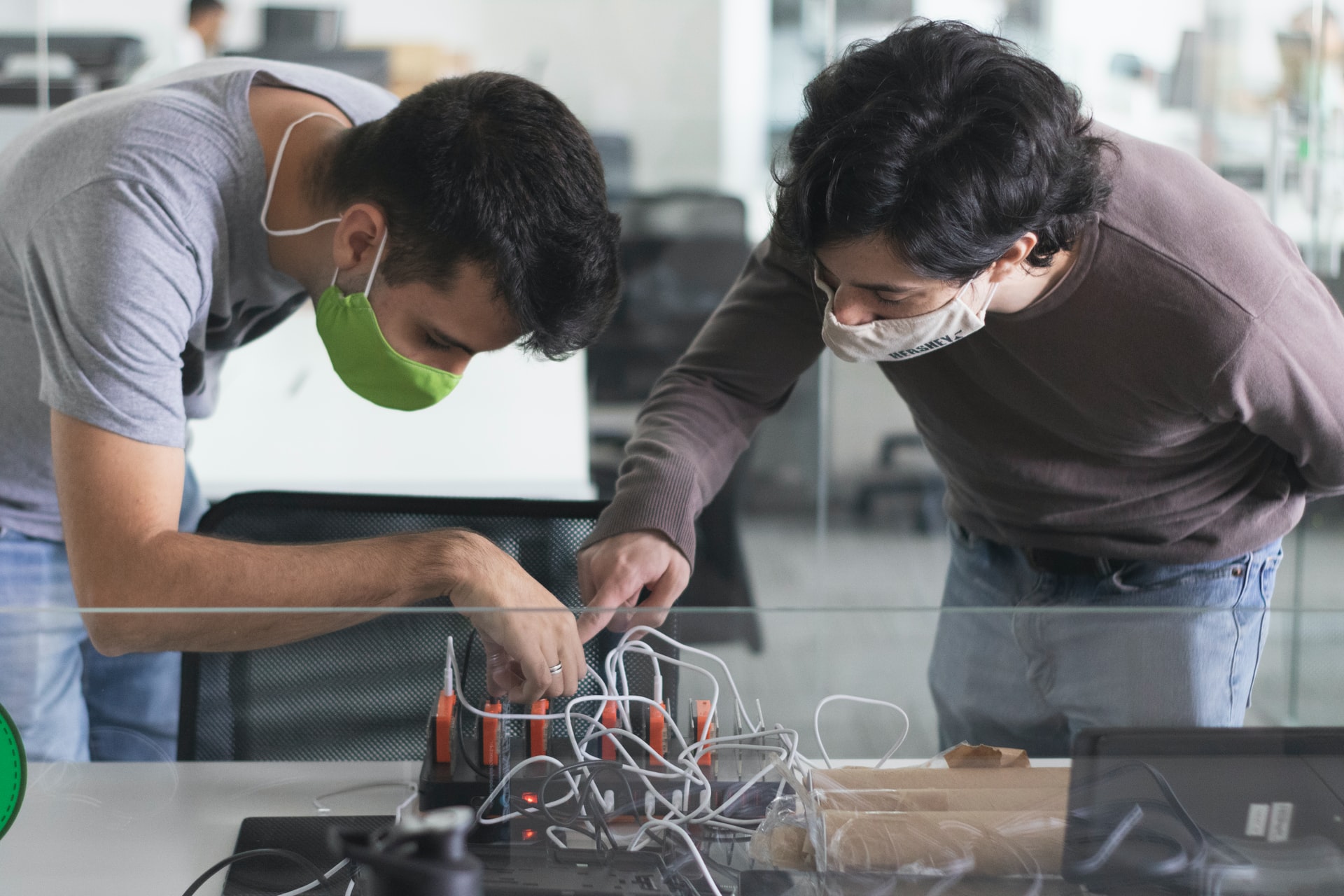 Photo by Marília Castelli on Unsplash
Photo by Marília Castelli on Unsplash
Meeting professionals of color in science, technology, engineering, and math can be a game-changer for high school students.
- 0 Comments
- Aug 20, 2021 10:00:00 AM
- Posted by Maria Alejandra Calcetero
- Topics: Robotics, STEM, Education, Curriculum, Robots,, Learning, Innovation, Makerspace, Educators, teaching, distance learning, Automation, Online Learning, Educational Robots, schools
3 Ways to Build Better Edtech Processes for Teaching and Learning
By Maxwell Witt
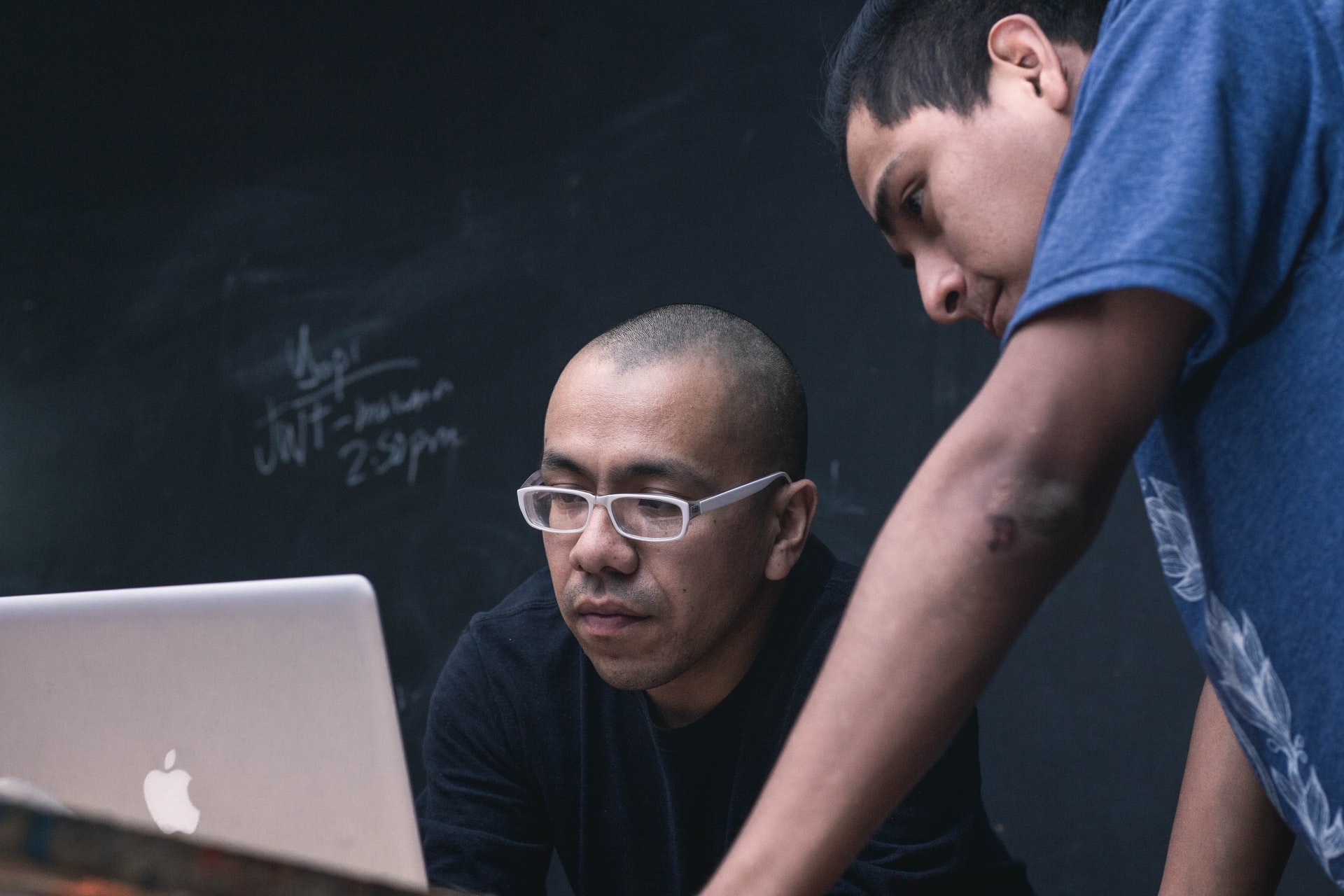 Photo by jose aljovin on Unsplash
Photo by jose aljovin on Unsplash
Burnout in the education system highlights the importance of technology integration to improve edtech processes.
- 0 Comments
- Aug 18, 2021 10:00:00 AM
- Posted by Maria Alejandra Calcetero
- Topics: Robotics, STEM, Education, Curriculum, Robots,, Learning, Innovation, Makerspace, Educators, teaching, distance learning, Automation, Online Learning, Educational Robots, schools
Two Ways Using Educational Robotics In Schools Saves Teachers Time For Creative Work
By Amanda Dudley
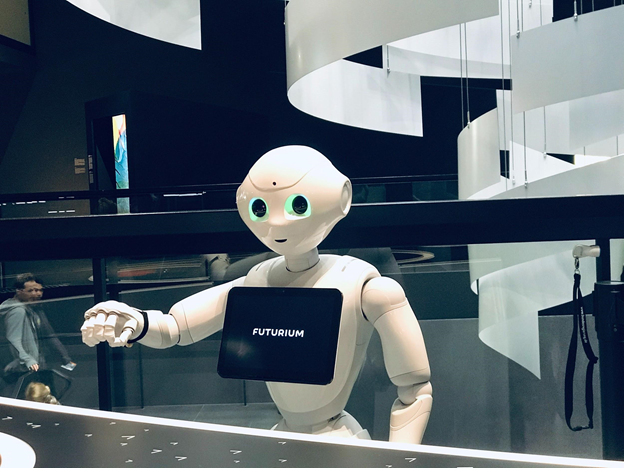 Photo by Fitore Fazliu on Unsplash
Photo by Fitore Fazliu on Unsplash
As a teacher, what would you give to have a few extra hours in your workweek for yourself? A few extra hours during which you can put your feet up and complete that novel you've been working on for months.
This sounds like a dream that may never come true unless you discover a magical lamp with a genie trapped inside it. Nevertheless, thanks to technology, this dream is gradually coming to life.
In today's world, educational robots are a phenomenon that's rapidly infiltrating the educational system. More and more teachers are integrating robotics into STEM classes and even art lessons, making the learning process more seamless and fun.
However, this educational revolution offers other benefits for overworked teachers. Recent studies have shown that robotics in education can help teachers save time, and we'll show you how in a bit.
- 0 Comments
- Aug 17, 2021 10:00:00 AM
- Posted by Maria Alejandra Calcetero
- Topics: Robotics, STEM, Education, Curriculum, Robots,, Learning, Innovation, Makerspace, Educators, teaching, distance learning, Automation, Online Learning, Educational Robots, schools
STEAM & EdTech: The Perfect Match for Cross-Curricular Classroom Activities
STEAM learning is arguably the most effective approach to prepare young students for the demands of the future. It represents a turning point in education because it creates a bridge between subjects that were traditionally studied separately, and EdTech is the perfect enabler to project cross-curricular classroom activities.
Creativity, innovation, leadership, critical thinking, problem-solving are only a few of the key soft skills that STEAM can foster.
- 0 Comments
- Aug 10, 2021 10:00:00 AM
- Posted by Natalia Galvis
- Topics: Robotics, Local News, STEM, Curriculum, Robots,, partnership, Softbank Robotics
RobotLAB is SoftBank's Master Distributor of Pepper and NAO robots in the USA/Canada
In our continuous efforts to keep you informed about the progress of SoftBank Robotics restructuring, we would like to provide you with the latest information.
As some articles are potentially creating confusion for you, we would like to share with you facts to clarify the situation and the future of our robots.
- 0 Comments
- Aug 5, 2021 1:26:42 PM
- Posted by Natalia Galvis
- Topics: Robotics, Local News, STEM, Curriculum, Robots,, partnership, Softbank Robotics
How Hidden Classroom Dynamics Can Stymie Girls in STEM
By Youki Terada
If we want to close the gender gap in science, we need to look at the invisible forces that shape classroom culture.
- 0 Comments
- Jun 29, 2021 10:00:00 AM
- Posted by Natalia Galvis
- Topics: Robotics, EdTech, STEM, Computer Science, Problem Based Learning (PBL), teachers, Coding, Robots,, students, STEMchat, Edchat, Digital Technology, teaching, online
Relevant Posts
Popular Posts
Subscribe to Email Updates
-
I Want To Learn MoreADDITIONAL INFORMATION



